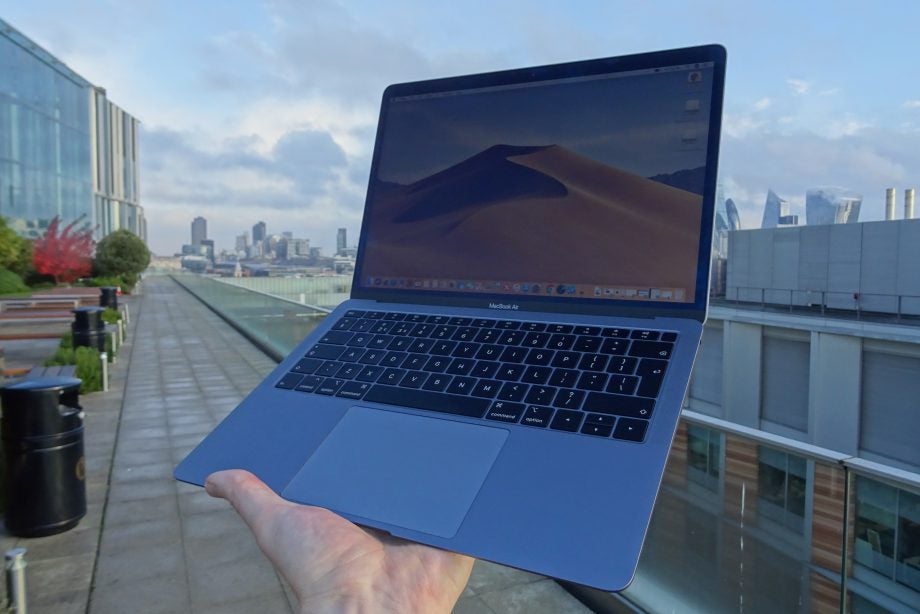Apple could add a fan-favourite Windows laptop feature to Macbooks

Apple has been granted a patent suggesting Face ID may be coming to Macs. The feature would be used for security and preventing the screen from timing out.
Macs currently only offer Touch ID as a method of biometric security and this is limited to Macbooks. Windows has offered a facial recognition solution for a number of years now, named Windows Hello.
Related: Best laptop
Face ID was first introduced on the iPhone X but – according to 9to5Mac – the patent indicates it would actually be a new and enhanced version of Apple’s facial recognition tech coming to Macs.
This particular patent focuses a lot of the wake and sleep features Face ID on Mac would allow. The patent reads:
“The method may include operating the computing device in a reduced power state and collecting a first set of data from a first sensor or a group of sensors. Based on the first set of data, the computing device determines a probability or likelihood that an object is proximately located to the device”.
The patent touts Face ID on Macs as a solution for inaccurate power-saving features, stating that many methods aimed at reducing power consumption incorrectly enter power saving modes while a device is still being used.
Related: Face ID
The new version of Face ID may be designed to work in tandem with Mac’s current Power Nap feature. Power Nap currently runs background processes on Macs while sleeping and could be adapted to also look out for a recognised user via the new camera sensors before waking.
While Face ID may be soon coming to Macs, Apple is already looking to reintroduce Touch ID to iPhones. Mobile devices have recently started adding in-display fingerprint sensors and Apple looks to be hopping on board.
Away from Apple, Google now looks to be bringing its own version of Face ID to the Pixel 4 – currently named Face unlock.

